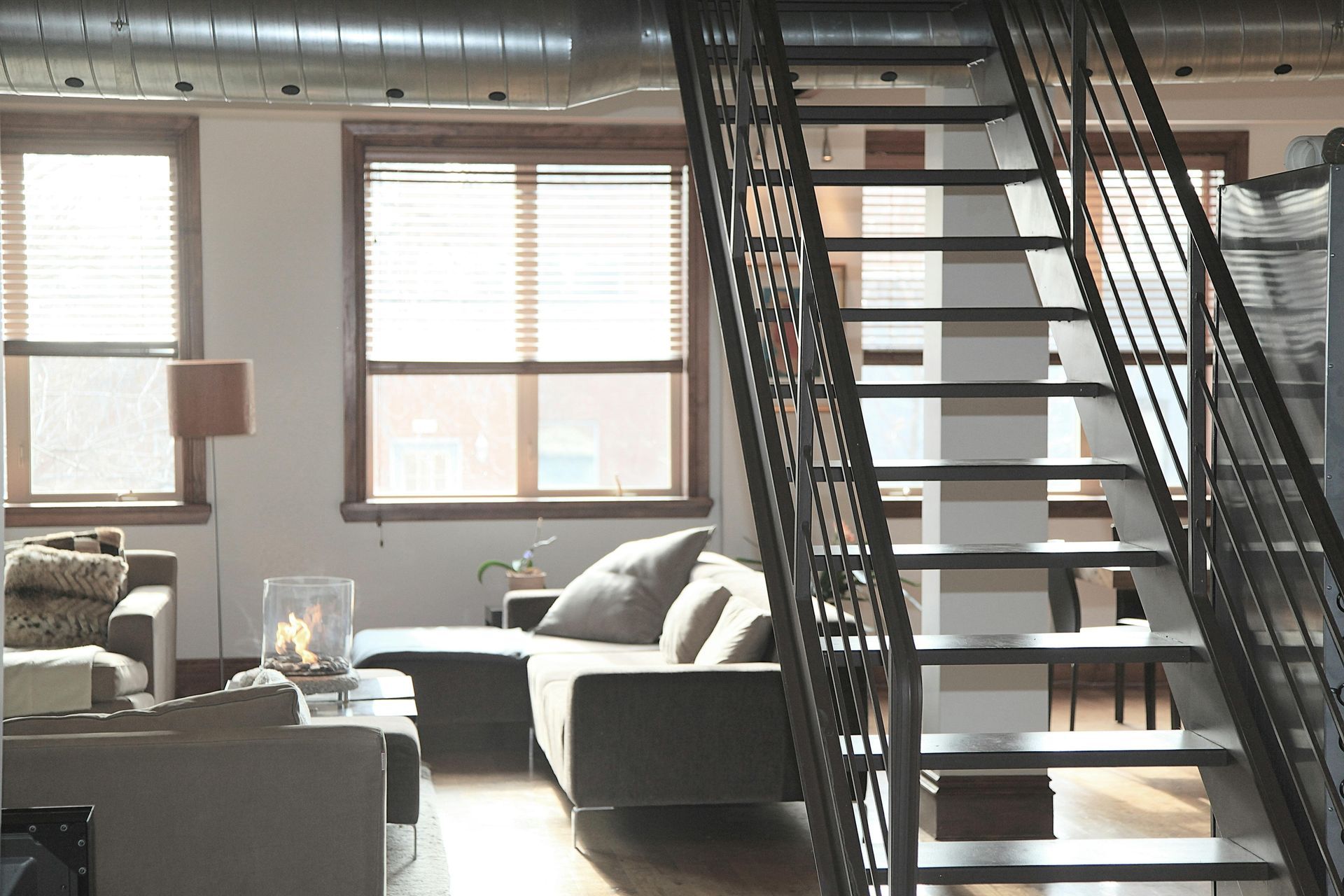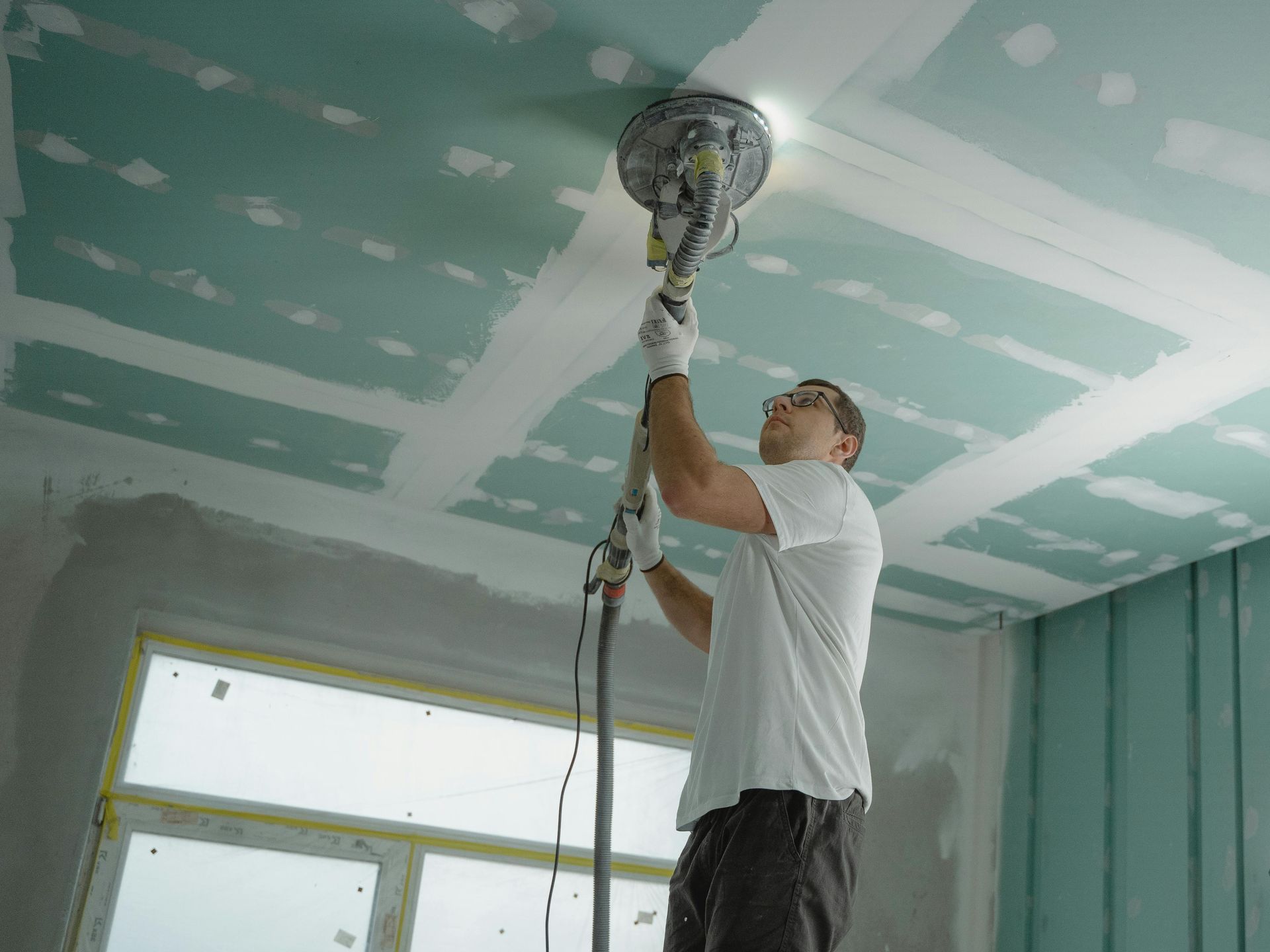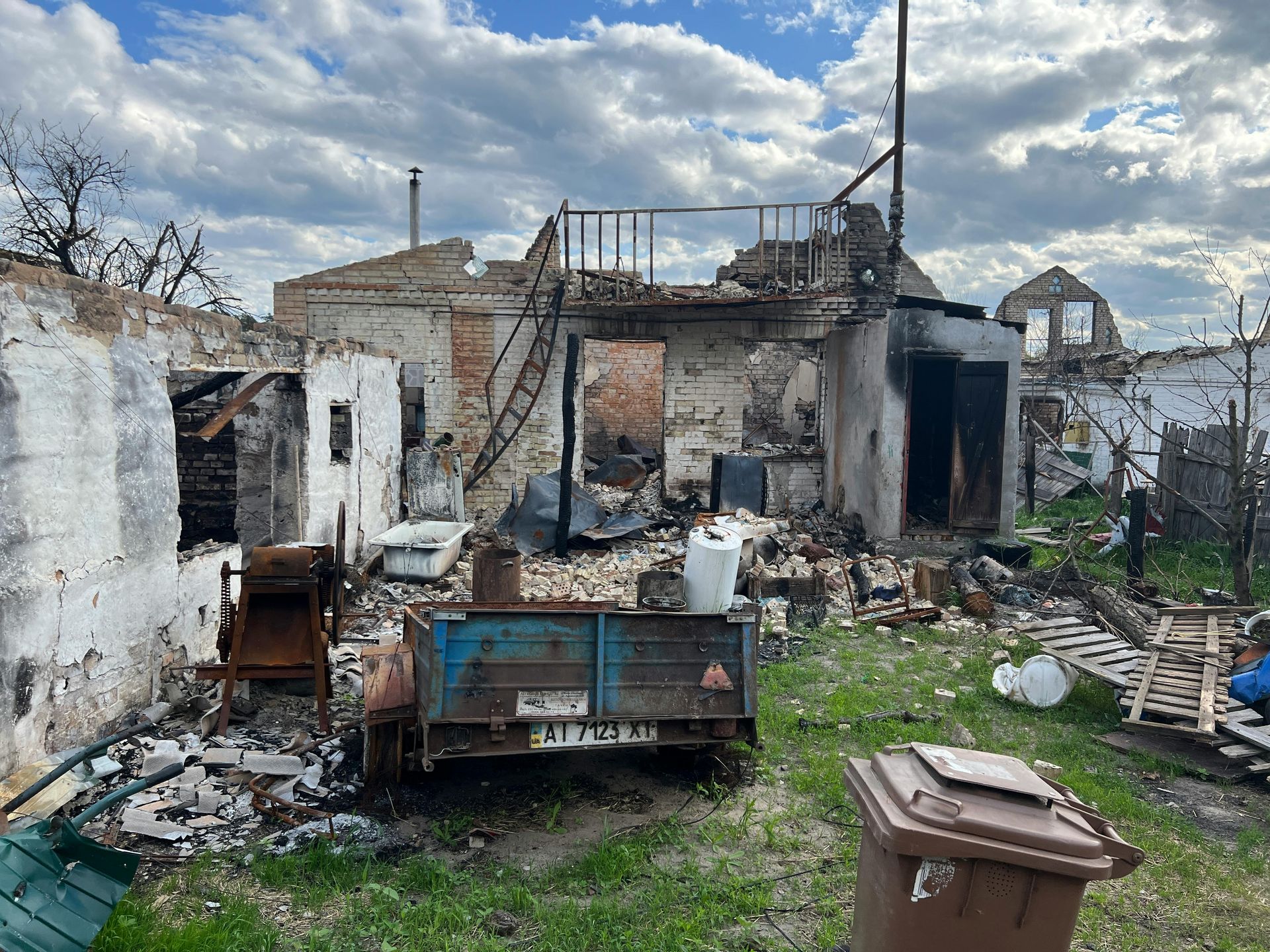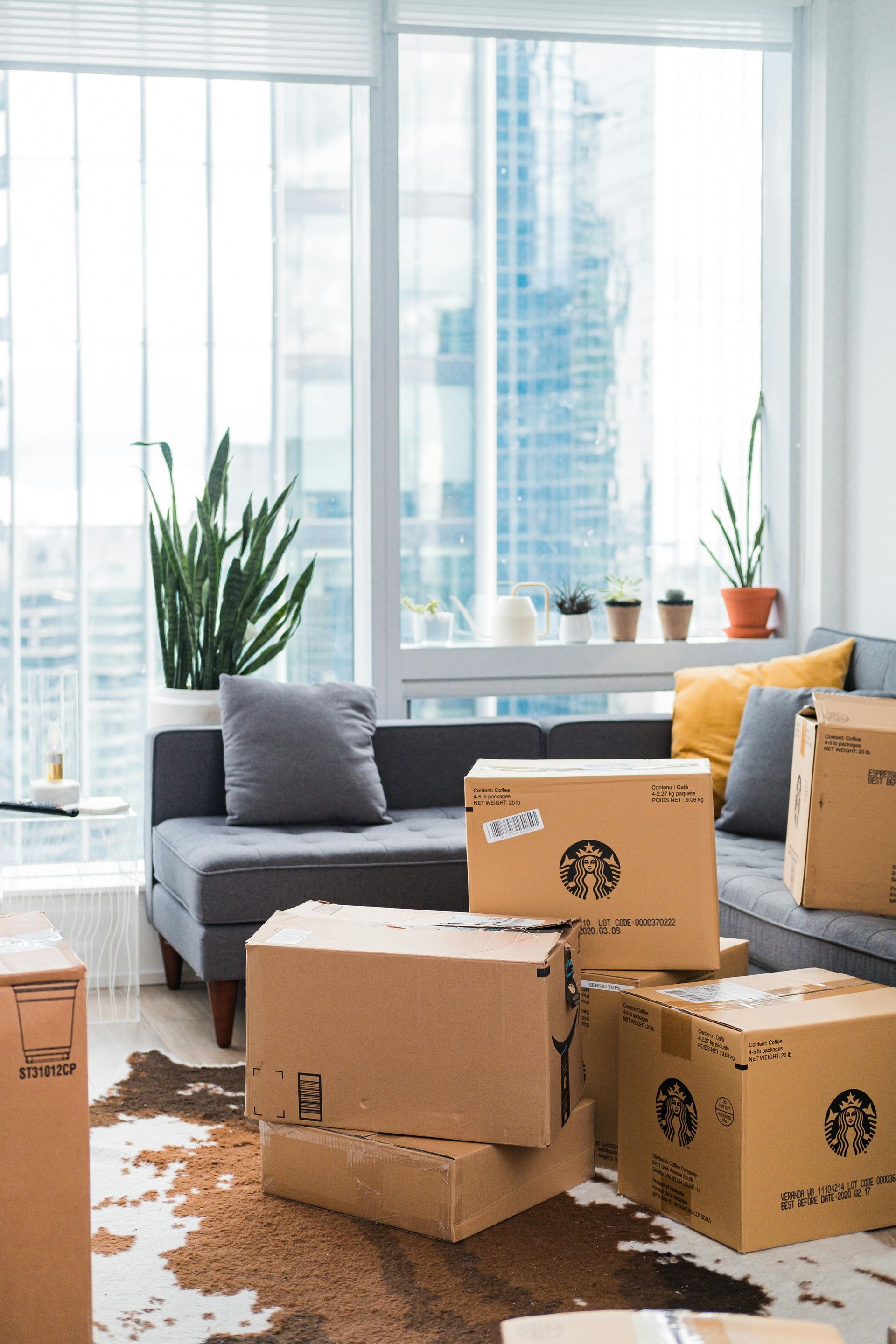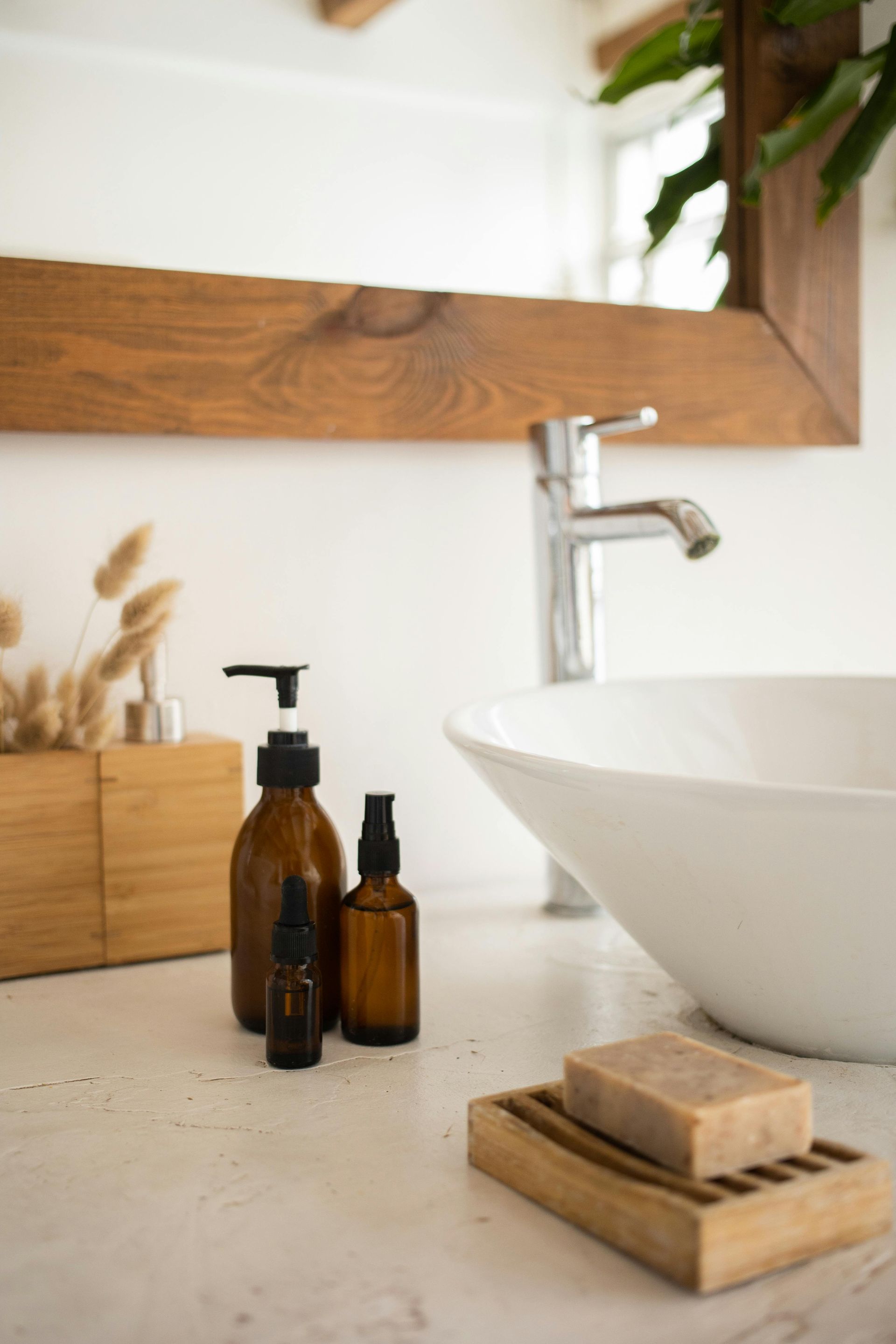Emergency Water Damage Restoration: Steps and Costs
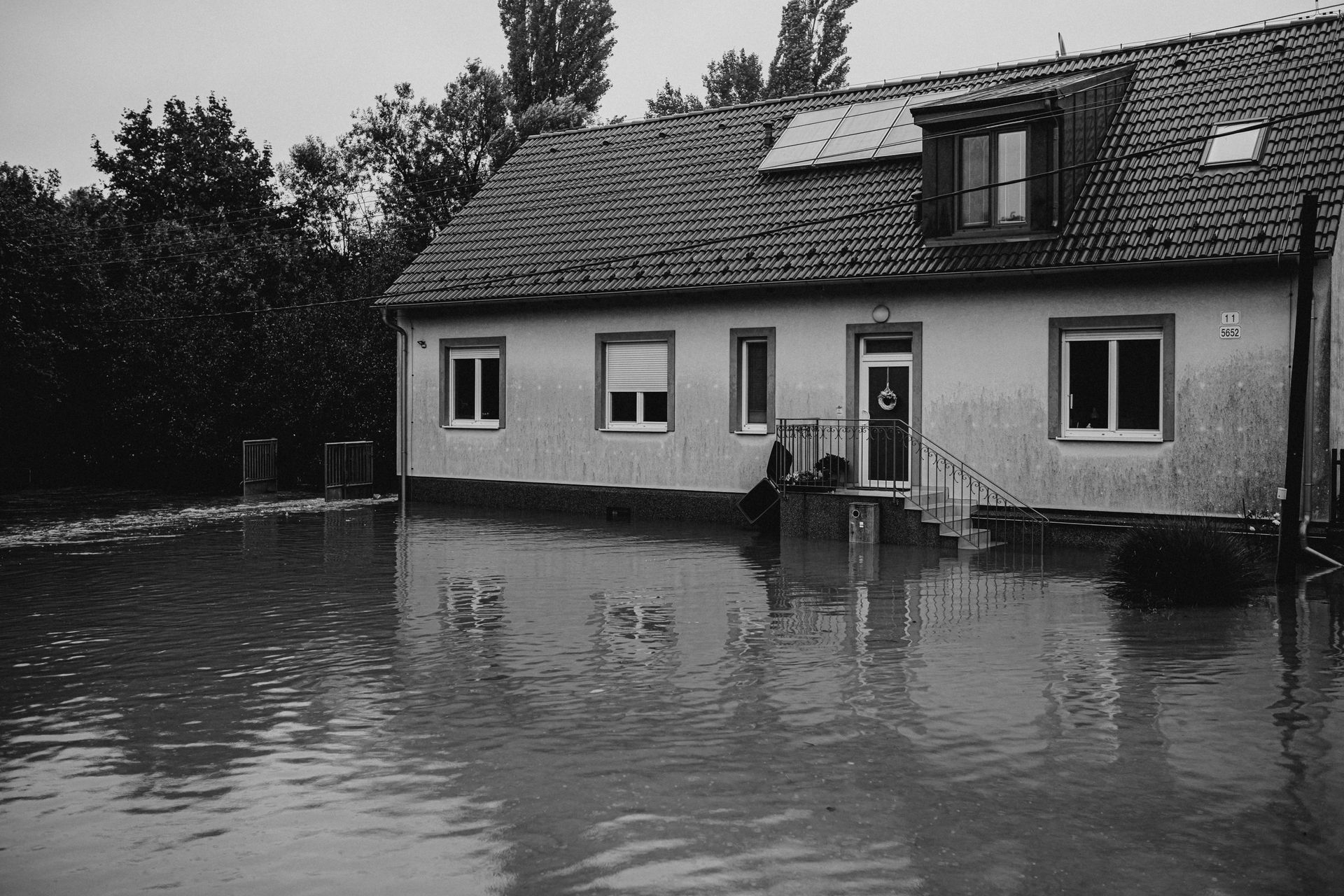
Dealing with emergency water damage can be overwhelming. It’s not just about removing water; it’s about ensuring your home is safe, dry, and free from potential hazards like mold and structural issues. This guide breaks down the process step-by-step and dives into the costs involved to help you understand what to expect.
Emergency water damage restoration refers to the immediate steps taken to minimize the damage caused by water intrusion and restore the property to its original condition. The damage can escalate quickly without prompt action, whether caused by a burst pipe, a leaking appliance, or a natural disaster.
Common Causes of Water Damage
Understanding the source of water damage is crucial for determining the best action and preventing the problem from worsening. Below are the most common causes:
- Burst Pipes: Often caused by freezing temperatures, old plumbing, or excessive water pressure.
- Faulty Appliances: Washing machines, dishwashers, and water heaters can fail, releasing large amounts of water.
- Severe Weather Events: Heavy rains, hurricanes, or flash floods can cause extensive water intrusion in homes.
- Overflowing Fixtures: Sinks, toilets, or bathtubs left unattended can lead to significant indoor flooding.
- Roof Leaks: Poorly maintained roofs allow rainwater to seep into ceilings and walls, leading to structural damage.
Steps to Address Emergency Water Damage
Water damage restoration involves multiple critical steps to ensure your property is thoroughly dried, cleaned, and restored. Each step plays a key role in preventing further issues like mold growth or structural instability.
Step 1: Assess the Damage
Begin by thoroughly evaluating the extent of the water damage. This critical first step will help you understand the scope of the problem and prioritize your actions. Look for the following:
- Standing Water: Check all affected areas, such as rooms, basements, or garages, for pooled water. Even small puddles can indicate a more significant underlying issue.
- Visible Damage: Look for stained, swollen, or warped walls, floors, or ceilings. These signs may suggest that water has seeped into structural materials.
- Electrical Hazards: Assess whether outlets, appliances, or wiring are submerged or wet. Water and electricity are a dangerous combination, so proceed with caution.
It is advisable to document everything. Take clear photos and videos of the damage before starting cleanup. These records are crucial for filing insurance claims and ensuring a smooth process.
Step 2: Turn Off Power
Before entering any waterlogged area, it’s critical to ensure that the power supply to the affected zones is completely shut off to eliminate the risk of electric shock. Locate your home’s electrical panel, usually found in basements, garages, or utility rooms, and switch off the circuits servicing the damaged areas. Be cautious when approaching the panel. Do not attempt to handle it yourself if it’s inaccessible due to standing water or appears wet. Instead, contact a licensed electrician or your utility provider for assistance.
Avoid entering any water-affected space until you’re confident there’s no electrical risk. Use a non-contact voltage tester to verify that outlets, wires, and appliances are not carrying current. Unplug all appliances in nearby dry areas to prevent potential short circuits or further hazards. Taking these precautions can prevent serious injuries and ensure a safer environment before you begin restoration.
Step 3: Remove Standing Water
Quick removal of standing water is essential to minimize further damage and prevent the growth of mold and mildew. Choose your method based on the severity of the flooding:
- Minor to Moderate Amounts: Wet/dry vacuums are excellent for extracting water from carpets, floors, and small puddles.
- Significant Flooding: Use a sump pump or submersible pump to remove large volumes of water, especially in flooded basements.
- Minor Puddles: Mops, sponges, and towels can handle smaller water spots.
For large-scale flooding or if water removal is overwhelming, hire professional water damage restoration services. They have access to industrial-grade pumps and vacuums for efficient extraction.
Step 4: Dry and Dehumidify the Area
Removing visible water is only the beginning of the restoration process. Excess moisture often remains trapped in walls, floors, and the air, creating an environment where mold can grow within 24–48 hours. To prevent this, it’s crucial to focus on thoroughly drying the affected area. Start by increasing airflow using high-powered fans and air movers or opening windows and doors to promote ventilation and speed up drying.
A dehumidifier can further enhance the drying effort by extracting residual moisture from the air, ensuring the environment is as dry as possible. Inspect and remove water-damaged materials like carpets, upholstery, or insulation that are beyond repair, as these items can harbor moisture and lead to mold or unpleasant odors if left untreated.
Step 5: Inspect for Mold Growth
Mold is a common aftereffect of water damage and can pose significant health risks, including respiratory issues, allergies, and skin irritation. It’s crucial to address mold growth promptly, as it can spread rapidly in damp environments. Here’s how to inspect and manage potential mold issues:
- Inspect Hidden Areas: Check behind drywall, under carpets, in air ducts, and in other hard-to-reach spaces where moisture can linger.
- Look for Visible Signs: Identify dark or greenish patches on walls, ceilings, or floors. Mold may also appear as fuzzy or slimy textures.
- Detect Musty Odors: A persistent, musty smell often indicates hidden mold, even if it’s not immediately visible.
- Avoid DIY Cleanup: Improper handling can release spores into the air, spreading contamination.
- Hire Professionals: Certified mold remediation experts use specialized tools and techniques to remove mold safely and prevent future growth.
Step 6: Perform Repairs and Restoration
It's time to restore your property after ensuring the area is dry and mold-free. Depending on the damage, this might involve minor cosmetic fixes or more extensive structural repairs:
- Structural Repairs: Replace compromised drywall, insulation, flooring, or roof sections.
- Cosmetic Updates: Repaint walls, refinish woodwork, or install new carpeting to restore the space to its original condition.
- Preventive Measures: Seal cracks, install a sump pump, or add waterproof barriers to reduce the risk of future water damage.
How Much Does Emergency Water Damage Restoration Cost
The cost of emergency water damage restoration can vary significantly based on the extent of the damage, the type of water involved, and the specific services required. Understanding these factors can help homeowners better anticipate expenses and make informed decisions.
Average Costs by Damage Type
The cost of water damage restoration depends heavily on the type of water involved and its level of contamination. Each type poses unique challenges:
- Clean Water: This type involves minimal contamination, such as water from broken pipes, supply lines, or rainwater leaks. Restoration typically includes water extraction, drying, and minor repairs.
- Gray Water: Water with moderate contamination, such as from washing machines, dishwashers, or sump pump failures. It requires more extensive sanitization and may involve removing and replacing damaged materials.
- Black Water: Highly hazardous water contains harmful pathogens, usually from sewage backups or floodwaters. Restoration includes thorough sanitization, mold prevention, and significant structural repairs.
Factors Influencing Costs
Larger affected areas or severe damage typically require more labor, materials, and time, which drives up expenses. The type of repairs needed also plays a significant role; minor fixes like patching small leaks are far less expensive than extensive work such as replacing drywall, flooring, or insulation.
Another key factor is the equipment and labor involved. Professional restoration companies use advanced tools, including industrial-grade dehumidifiers, pumps, and air movers, contributing to the overall cost. Delays in addressing water damage can significantly increase expenses. Issues like mold growth or structural weakening, which often result from prolonged exposure to moisture, make restoration more complex and expensive.
Benefits of Professional Water Damage Restoration Services
Attempting a DIY restoration may seem cost-effective, but it often leads to missed moisture pockets, lingering mold, and further repairs. Professional restoration services offer a complete solution combining advanced tools, specialized expertise, and comprehensive techniques. Below are the key benefits of hiring professionals for water damage restoration.
- Expertise and Equipment:
- Professionals know how to tackle all types of water damage.
- Advanced tools like moisture meters and industrial dehumidifiers ensure thorough drying.
- Efficiency and Speed:
- Quick response prevents further damage and reduces recovery time.
- Coordinated teams handle large-scale projects effectively.
- Comprehensive Restoration:
- Includes water removal, mold remediation, structural repairs, and content cleaning.
- Ensures your home is safe, dry, and restored to its original condition.
For residents of Florida, Sunshine State provides reliable emergency water damage restoration. Their experienced team offers 24/7 support and uses state-of-the-art equipment to handle even the most challenging situations. They've got you covered, whether water extraction, mold removal, or structural repairs.
Tips for Choosing a Restoration Company
Choosing the right restoration company is crucial to ensuring quality work and peace of mind. Verify that the company is licensed, bonded, and insured to protect your property and ensure compliance with industry standards. You can also check customer reviews to gauge reliability and professionalism and choose a provider offering 24/7 emergency services to minimize damage and costs.
Sunshine State Professional Services, with its years of experience in Florida, has established a reputation for effectively handling water, mold, and structural damage. Their understanding of local challenges, such as Florida’s humid climate, and their prompt emergency makes them uniquely equipped to address complicated issues. Considering these factors, Sunshine State is definitely a trusted choice for restoring and protecting your property.
Conclusion
Water damage can be overwhelming, but swift action and a well-structured restoration plan can minimize long-term impacts. Addressing each step carefully, from assessing damage to completing repairs, ensures your home is restored safely and effectively. With the right approach and professional help, restoration is achievable and stress-free.
